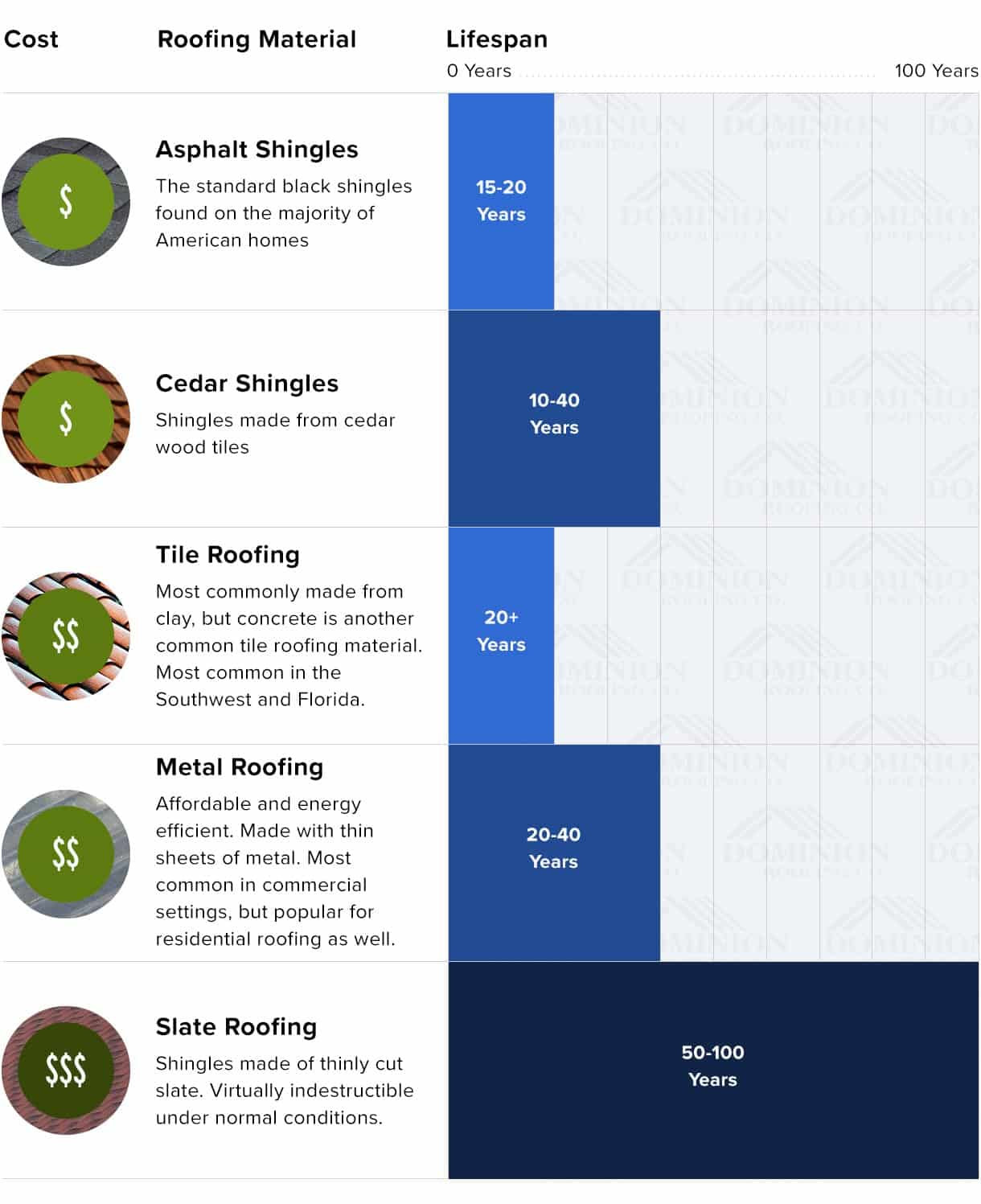Failing To Resolve Roof Ventilation Might Trigger Substantial Damage; Discover The Crucial Variables That Contribute To An Effective Setup And Shield Your Financial Dedication.
Failing To Resolve Roof Ventilation Might Trigger Substantial Damage; Discover The Crucial Variables That Contribute To An Effective Setup And Shield Your Financial Dedication.
Blog Article
Content By-Gundersen Vogel
When you're taking on a roofing task, you might not assume much concerning roof air flow, however it's even more crucial than you realize. Effective air flow helps regulate temperature level and moisture in your attic room, preventing troubles like mold and mildew and architectural damage. By recognizing just how to develop and mount a balanced ventilation system, you can enhance power efficiency and lengthen the life-span of your roofing products. So, what are the key elements to think about during installation that can make all the distinction?
Importance of Roofing System Ventilation
Roofing air flow plays a vital role in maintaining the general health and wellness of your home. By allowing fresh air to circulate with your attic, it aids control temperature and moisture levels. This balance is important to protect against warmth build-up during warm months, which can bring about boosted power costs as your air conditioning works overtime.
Furthermore, appropriate air flow significantly lowers the threat of moisture-related problems like mold and mold. If humidity levels increase, your home's architectural stability can be endangered, resulting in expensive repairs. You would not intend to deal with decaying timber or deformed roof covering products, right?
In addition, adequate air flow prolongs the lifespan of your roof. When warm and wetness are kept in check, your roof can perform optimally, stopping early deterioration. This means fewer migraines and expenses down the line.
Exactly How Roofing Air Flow Functions
Reliable roofing system ventilation relies on the all-natural activity of air to produce an equilibrium between intake and exhaust. When you mount vents, you're essentially enabling fresh air to enter your attic while making it possible for hot, stale air to leave. This process helps regulate temperature level and moisture levels, stopping issues like mold and mildew growth and roofing system damages.
Intake vents, commonly discovered at the eaves, draw in trendy air from outside. At the same time, exhaust vents, located near the ridge of the roofing, let hot air increase and exit. The difference in temperature level creates a natural airflow, known as the pile effect. As cozy air increases, it develops a vacuum cleaner that pulls in cooler air from the reduced vents.
To optimize this system, you require to make sure that the intake and exhaust vents are appropriately sized and positioned. If the intake is restricted, you will not accomplish the wanted ventilation.
Furthermore, insufficient exhaust can trap heat and moisture, causing prospective damages.
Key Installation Factors To Consider
When mounting roof covering ventilation, several crucial considerations can make or break your system's performance. First, you require to assess your roofing's design. The pitch, shape, and materials all affect air movement and ventilation option. Make certain to pick vents that fit your roofing kind and neighborhood climate conditions.
Next off, consider the positioning of your vents. Ideally, https://jaspertmfyr.bloggip.com/33286287/recognizing-roofing-expenditures-essential-details-for-homeowners 'll desire a balanced system with consumption and exhaust vents positioned for ideal air movement. kitchen remodeling contractors heights tx on the roof and exhaust vents near the optimal to motivate an all-natural circulation of air. rain gutters installed near me san antonio tx prevent wetness buildup and promotes power performance.
Do not forget about insulation. Proper insulation in your attic prevents heat from running away and maintains your home comfortable. Guarantee that insulation does not obstruct your vents, as this can prevent air movement.
Lastly, consider maintenance. Pick ventilation systems that are simple to gain access to for cleaning and assessment. Routine maintenance ensures your system remains to function effectively with time.
Final thought
To conclude, roofing system air flow is essential for a successful installment. By making certain correct air movement, you can protect against warm build-up and wetness problems that lead to pricey damages. When you tactically setting consumption and exhaust vents, you enhance energy efficiency and lengthen the life-span of your roof covering. Remember, a well-ventilated roofing not just protects your investment however likewise enhances your interior air quality. So, focus on ventilation to ensure a resilient and economical roofing system for your home.
